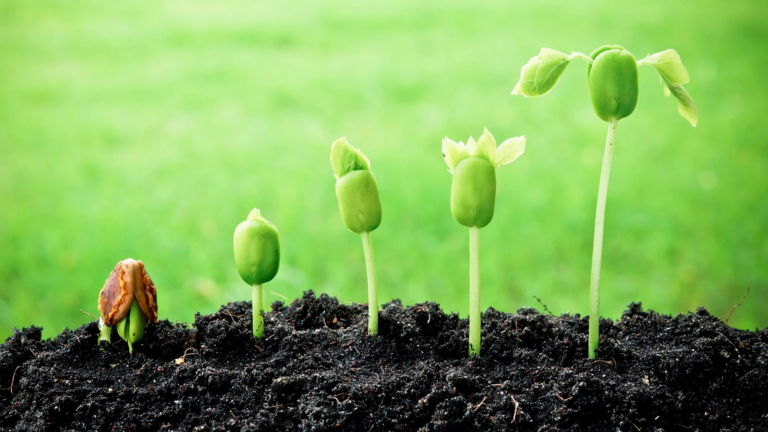insights

Smarter Packaging Unlocks the Full Potential of Microbial Products
Microbial products are transforming industries—from agriculture to skincare—by harnessing the power of live microbes to enhance plant growth, improve soil health, and even support skin wellness. However, the true potential of these solutions can only be realized if the microbes remain viable, stable, and effective at the time of use. That’s where smarter packaging and enablement systems come in.
Revitalizing a Proven Favorite – Azospirillum brasilense
Hear from Phil Dwyer, PhD Turfgrass Specialist, on how new formulation and packaging from 3BarBio has completely reinvented how Azospirillum brasilense can be delivered, stored, and activated, making it more accessible, efficient, and powerful than ever.
Microbial Innovations in Packaging and Delivery Key to Farmer Uptake and Trust
As weed, fungal and insect pressures become increasingly difficult to manage, bio-solution popularity is on the rise. 3BarBio sets out to change grower experience, and ultimately trust, with bio-based products. As the only contract development and manufacturing organization (CDMO) focused on microbial products, the company spearheads new formulations, device designs, and supply chain solutions to streamline and improve biological applications.
Unlocking the Secrets of Microbial Shelf Life Through Accelerated Testing
3Bar Product Development Lead, Becky Williams-Wagner, PhD, recently spoke at the Society for Industrial Microbiology and Biotechnology (SIMB) conference about 3BarBio’s accelerated testing model. It was a great conversation that sparked questions, feedback, and interest. Here’s a recap of what she shared!
From Foe to Friend: Mini Miracle Microbes
For many years, the mention of microbes or bacteria elicited responses of “EWWW!”
More recently, we have broadened our understanding to realize that microbes can be beneficial to us, especially in food production, and, in fact, they can enhance sustainability in agriculture.
To dive deeper, we questioned Jane Fife, PhD and CTO for 3BarBio, about changing attitudes toward microbes, their innovative uses in agriculture, and recent developments in agriculture.
Webinar: Secrets to Maximizing Shelf Life
Supply chain management in Ag Biologics is critical. And 3BarBio wants to know strategies – inside and outside Ag – for maximizing shelf-life. What innovations can Agriculture borrow from Food & Beverage, Pharma, etc? What best practices are important for viability? To learn more, 3BarBio hosted a webinar with 4 expert supply chain and logistics management panelists.
